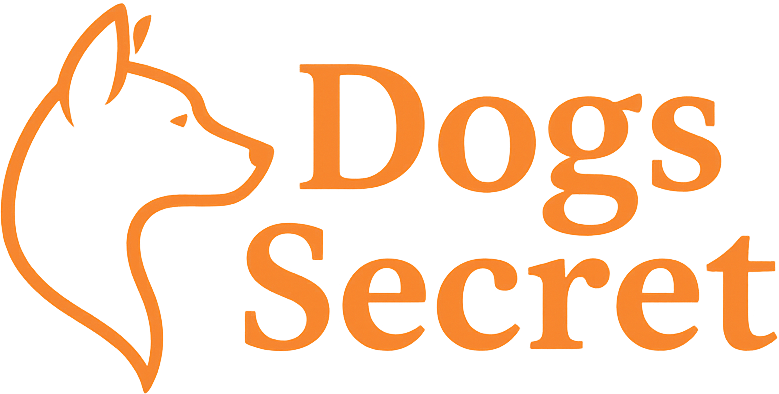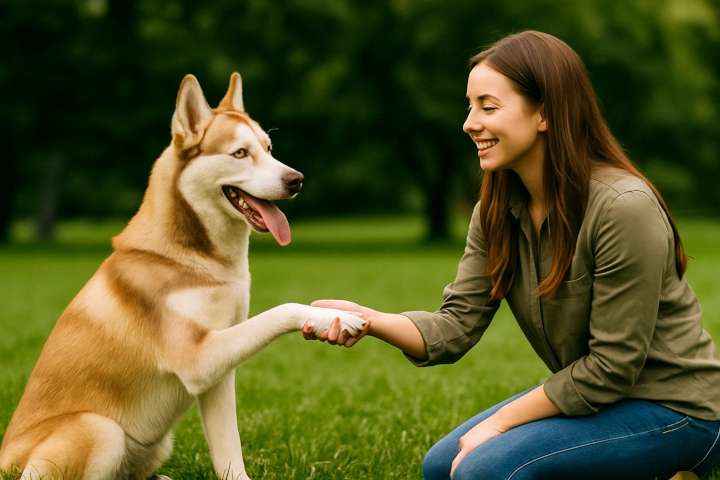One of the most common questions new dog owners ask is:
“How long will it take to train my dog?”
The answer depends on several factors—your dog’s age, breed, personality, and your consistency in training. While there’s no one-size-fits-all timeline, understanding what to expect can help you set realistic goals, avoid frustration, and stay motivated.
In this guide, we’ll break down how long dog training typically takes by puppies vs. adults, easy vs. stubborn breeds, and basic vs. advanced skills, so you know exactly what kind of progress to aim for.
General Dog Training Timeline
Training Goal | Estimated Timeframe |
|---|---|
House training | 2 to 4 weeks (with consistency) |
Basic obedience (sit, stay, come) | 4 to 8 weeks |
Leash walking | 3 to 6 weeks |
Crate training | 1 to 3 weeks |
Socialization | Ongoing (start early!) |
Advanced tricks | 2 to 6 months (varies widely) |
Off-leash recall | 3+ months of solid practice |
Behavior modification | 1 to 6+ months (depending on issue) |
These timelines assume daily practice and positive reinforcement. If you train inconsistently, progress will naturally take longer.
Training by Age
🐾 Puppies (8 weeks to 6 months)
Ideal for: Socialization, house training, basic obedience
- Puppies are fast learners but have short attention spans.
- Expect to spend 5–10 minutes per session, 3–5 times a day.
- Most puppies learn basics like sit and come within 1–2 weeks.
Challenges: Teething, distractions, and inconsistent focus
🐾 Adolescents (6 to 18 months)
Ideal for: Reinforcing obedience, impulse control, leash training
- Dogs in this phase may “forget” previously learned commands.
- Training can be slower due to hormonal changes and stubbornness.
- Expect daily refreshers and patience
Tip: Keep training fun to compete with their growing independence.
🐾 Adults (18 months to 7 years)
Ideal for: Advanced skills, behavior correction, rescue adjustment
- Adult dogs can learn quickly with fewer distractions than puppies.
- You’ll likely see progress in 2–4 weeks of consistent training.
- Older rescues may take longer depending on past trauma or habits.
Bonus: Adult dogs often have better focus and longer attention spans.
🐾 Seniors (7+ years)
Ideal for: Gentle mental stimulation, basic refreshers
- Older dogs can still learn—but may need shorter, slower-paced sessions.
- Focus on enrichment and routine, not complex tasks.
- Expect 2x the patience but equally rewarding results.
Breed Matters (A Lot)
Some breeds are eager to please, while others are more independent or stubborn. Here’s a rough guide:
🧠 Fast Learners:
- Border Collie
- Golden Retriever
- Poodle
- Labrador Retriever
- German Shepherd
These breeds can pick up new commands in a matter of days with proper training.
🐾 Moderate Learners:
- Beagle
- Boxer
- Cocker Spaniel
- Shih Tzu
- French Bulldog
May take 2–3 weeks for basic commands and require more repetition.
🐺 Independent or Stubborn Breeds:
- Husky
- Basenji
- Afghan Hound
- Chow Chow
- Bulldog
Training can take months, and you’ll need creativity, patience, and consistency. Food motivation helps!
Factors That Influence Training Time
- Consistency: The more regularly you train, the faster your dog learns
- Timing: Immediate praise = faster results
- Training methods: Positive reinforcement works better than punishment
- Environment: Too many distractions slow progress
- Dog’s personality: Shy, reactive, or easily distracted dogs need more time
- Your skill level: The more confident you are, the faster your dog learns
Conclusion
Training your dog isn’t a race—it’s a process. Some dogs pick up new behaviors in days; others need months. The key is consistency, patience, and celebrating small wins. No matter the age or breed, every dog can learn with the right guidance and time.
Looking for a personalized training plan? Explore our Dog Training Timeline Hub for week-by-week goals based on your dog’s age and breed.

